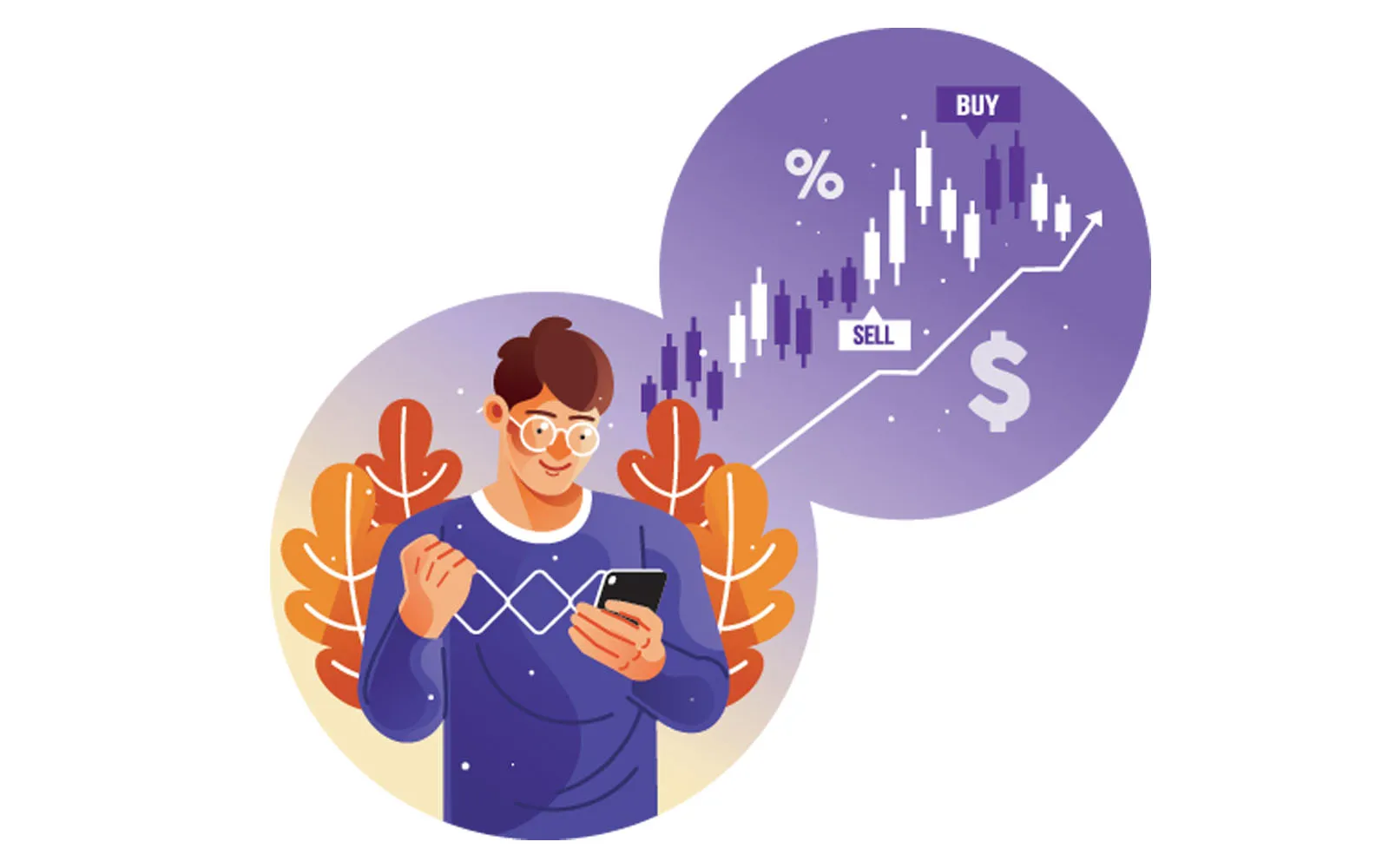[vc_row][vc_column][vc_column_text]
Shopify Stock Split 2022 and Its Importance
Every investor is looking for stocks that will provide him a decent return on his investment. However, there are situations when the shares of a highly sought-after corporation are not accessible for purchase by investors. The explanation is the high share price. Companies opt to divide their shares during these periods.
That brings us to another stock split from a major tech business. Shopify revealed its intention to split its stock by 10-1 on Monday, April 11, 2022, following in the footsteps of corporate behemoths such as Apple, Google, Tesla, and Amazon. However, there is a twist to Shopify’s stock split: it will also issue a new “Founder share” for its CEO Tobi Lütke.

Before taking the discussion further, we need to understand the concept of a Stock Split.
What is a Stock Split?
As the name implies, a stock split is a reduction in the face value of a company. As a result, an increase in the number of outstanding shares. The primary goal of a stock split is to increase the stock’s liquidity and hence make it more accessible to investors. When a company realizes that the price of its shares is either too high or exceeds the price levels of peer firms, it will consider a stock split.
For example, if a business opts for a 1:10 stock split, a $100 stock is divided into 10 shares having a face value of $10 each. However, the company’s share capital remains unchanged. This suggests that a stock split is only a cosmetic event and that the announcement of a stock split contains no information that will impact stock price in a way that will result in unheard-of positive returns.
Even if information content is connected with the announcement, it is more likely to be reflected in anomalous returns on the day of the report, known as the record date.

Benefits of A Stock Split for Investors
A stock split increases the number of shares while decreasing the face value of each claim, making it simpler for new investors to express interest in and invest in the company’s stock. In other words, the number of shareholders may expand as more investors purchase at reduced prices.
A stock split may not benefit investors who purchased the split share at a lower price. However, if it occurs, one of the probable explanations for the increase in share price is that a stock split communicates to the market that the company’s share price has been growing before the division, and investors expect the growth to continue in the future.
The Real Reason behind Shopify Stock Split
There are several reasons for the management at Shopify to initiate this process. Some of the notorious ones are:
More influence for Shopify CEO
On June 7, shareholders will vote on the 10-for-1 stock split, but that share structure will also contain a proposal to create a new class of shares. The new agreement, if granted, will result in the formation of a Founder share held by Shopify founder and CEO Tobi Lütke. This would give Lütke, together with his immediate family and connections, 40 percent of Shopify’s voting power.

Benefits for the shareholders
The tremendous gains achieved by Shopify over the previous half-decade have been primarily made possible by Lütke’s intelligent management decisions and leadership. If the planned stock split is implemented and the Founder’s share is issued, Lütke will be in a stronger position to carry out his long-term business goal.
With its shares down around 66 percent from its top, Shopify may be more vulnerable to aggressive acquisitions. The company’s market valuation of approximately $77.5 billion would bar any but major purchasers from making an offer. However, internet behemoths such as Amazon, Alphabet, and Microsoft have the requisite resources to acquire Shopify, even though doing so would necessitate paying a large premium over current pricing.
A CEO with such a substantial interest in a company’s voting power may appear to be concerning at first look, yet high levels of insider ownership and executive control are frequently beneficial to shareholders. A significant chunk of Lütke’s fortune is wrapped up in Shopify stock, which he owns at around 6.5 percent of the company’s shares.

Lütke has a 100-year growth strategy for Shopify, and his substantial stake in the e-commerce firm should ensure that he takes decisions that benefit all shareholders. There is also a conditional element in the plan that ensures he will remain deeply involved in the firm and continue to serve in a leadership capacity.
This requirement ensures that Lütke must stay heavily engaged in Shopify to keep the disproportionate voting power given by his Founder share. As a result, investors may be certain that he will utilize his influence to pursue projects that will raise the value of his claims – and those of other shareholders.
Reasons to Invest in Shopify Before the Stock Split
The e-commerce platform giant is the latest business to join the stock-split frenzy. This move will not increase the inherent value of the e-commerce services leader, but it may make the stock more appealing and accessible to ordinary investors.
Separation announcements have lately added to the optimistic momentum of firms such as Alphabet, Amazon, and Tesla, and it would not be shocking if Shopify receives a value bump as a result of this in the near term. However, the firm stands out as an excellent long-term investment, and there are at least three compelling reasons to purchase its stock before the stock split.
Shopify stock trades at a significant discount.
Shopify’s principal business is to provide services that assist businesses of all sizes in launching and expanding their e-commerce enterprises. When pandemic-related social distance and shelter-in-place limitations were at their peak, demand for such services surged, but the firm is facing some difficult year-over-year comparisons as it exits those times of pandemic-driven growth. As a result, some traders have decided to sell the shares.

High inflation, an increasingly hawkish Federal Reserve fiscal policy, the Russian-Ukraine war, and rising Treasury bond rates have contributed to a more difficult environment for growth stocks. Shopify’s valuation has been cut as investors have become more risk-averse. Another negative factor is Alphabet’s intention to make a far larger push into the e-commerce market with a last-mile logistics product.
While Shopify stock has been declining since late last year, it is currently trading at appealing levels for long-term investors.
The growth of e-commerce is still in its early stages
Given how far e-commerce has progressed and how pervasive it is today, it is easy to ignore how much space it still has for growth.
Even though the US e-commerce business appears to be rather mature, it is expected to expand by 14.5 percent by 2025. Consider that Shopify has enormous potential for growth in overseas countries.
Its rise this year will inevitably appear modest in comparison to the massive levels of 2020 and 2021, but the prospects are far from exhausted. Shopify management believes that the firm’s growth will outperform that of the e-commerce sector in 2022, and the company has a great long-term outlook.

The split provides more influence to the CEO
Tobias Lütke, Shopify’s Founder and CEO, has done an incredible job managing the firm from its inception to its present leadership position in e-commerce services, and a move that would secure his long-term authority over the company is something that shareholders can be excited about.
The planned 10-for-1 stock split by Shopify will also result in forming a new class of shares. When the newly devised Founder share is released, the Lütke family’s voting power will be increased to 40% – basically indefinitely.
Even with its recent steep falls, Shopify stock is still up more than 790 percent in the previous five years, and proactive management has played a significant part in driving those tremendous gains. Shopify has a vast and rapidly rising addressable market to develop into, and it’s promising that Lütke will have greater clout to lead the ship forward.

Some Questions Explained (FAQs)
Why is Shopify dividing its stock?
For the same reason that every business does: to decrease the share price by making more shares available, making the stock more appealing and accessible to new retail investors.
How many shares are we discussing?
According to Shopify, a 10-to-1 split is in the works. That implies that there will be ten shares of SHOP for every one share already in existence after the split. However, the shares are now worth ten times less than before the break. The overall value of all claims will remain unchanged.
What happens to my shares following a stock split?
A stock split also has an impact on the price of a stock. The stock price will fall following the break (because the number of shares outstanding has increased). As a result, even while the number of outstanding shares rises and the price of each share fluctuates, the company’s market capitalization stays constant.
When is Shopify going to split its stock?
The stock split is subject to shareholder approval, but if it occurs, the Shopify stock split date is said to be on June 22, 2022. The stockholders would get nine more shares for every share they possess when the market closes on June 28, 2022. As a result, SHOP will resume trading at its new split-adjusted price on Wednesday, June 29, 2022.

What exactly is Shopify’s “Founder share”?
Shopify is developing a new type of stock, particularly for CEO Tobi Lütke. According to Shopify, this new class of shares will provide Lütke with “a variable number of votes that, when combined with the Class B shares beneficially owned by him, his immediate family, and his affiliates… will represent 40 percent of the total voting power attached to all of the Company’s outstanding shares.” In other words, it will allow Lütke to retain his present voting authority.
Is Lütke’s Founder share permanent, and can he transfer it?
No. Lütke’s Founder share will expire if he no longer works “as an executive officer, board member, or consultant whose principal engagement is with the Company,” according to Shopify. It also expires if he no longer possesses Class A or B shares in an amount equivalent to at least 30% of the Class B shares he presently owns. Furthermore, Lütke is unable to transfer his Founder share to anyone.
What impact does the Founder share have on typical Shopify investors?
It truly does not. All that implies is that Lütke will continue to wield disproportionate voting power in company/shareholder matters, as he does now.
Is a stock split beneficial?
It can prove to be beneficial for Investors. However, it holds that a stock split is a clear purchasing signal, indicating that the company’s share price is rising and performing well. While this is correct, a stock split does not influence the stock’s intrinsic value and provides no actual benefit to investors.
Do stock splits cost me money?
When a corporation does a reverse stock split, each outstanding share is reduced to a claim. Investors may lose money due to price swings following reverse stock splits.
Is it preferable to sell before or after a stock split?
Stock splits should not be taken seriously at first glance. On the other hand, stocks that divide tend to be excellent performers after separating. With this in mind, selling before a split is typically a terrible idea unless you’re not in a position to keep a stock that is more likely to appreciate.
[/vc_column_text][/vc_column][/vc_row]



